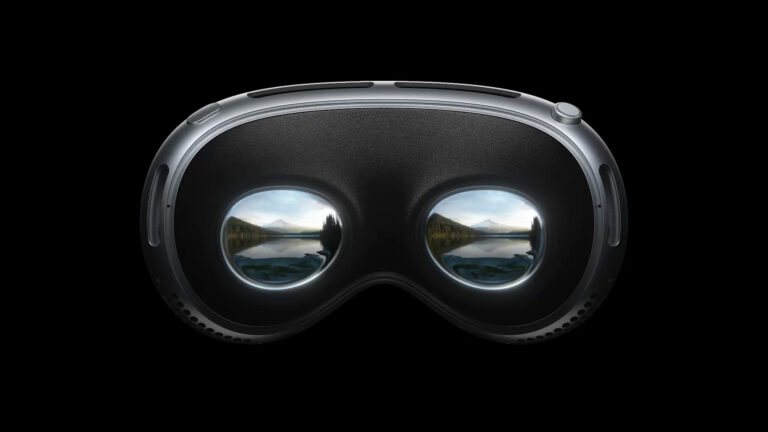NAB and the Quest for the “Holy Grail”—The Game-Changer
Last week was NAB—the National Association of Broadcasters’ annual show and mecca for all things film and television. That also means it was time for the annual release of all the latest and greatest “game-changers”—those products which their creators hope will revolutionize the way we capture, create, and/or consume content.
If you notice a tinge of cynicism, your insights are correct. I can’t help but think of the immortal words of a great swordsman and adventurer…
“You keep using that word. I do not think it means what you think it means.”
Inigo Montoya, “The Princess Bride”
All joking aside, I get the sense that the term “game-changer” is so often used, I do wonder if those using it actually know what it means.
The Pros Weigh In
After 16 years as a professional video producer and as someone who’s written and podcasted about this industry for years, I have some pretty strong opinions about what it means to be a “game-changer.” But I took this opportunity to reach out to over a dozen leaders in the industry to get their take.
Stu Maschwitz, famed colorist, filmmaker, and chief creative officer for Red Giant Software is well-respected for his breadth of knowledge and insight in the industry, which he frequently shares on his blog Prolost.com. This is what he shared with me:
“I’m not generally in favor of the term ‘game-changer.’ To me, the ‘game’ is the creative work, the part that doesn’t change when gear gets better. I’ve been a champion of anything that seeks to make the work of filmmaking easier, especially at an accessible price — but the truth is, our cameras are great, our software is great, and it’s really just down to us to do the damn work. Want to change the game for yourself? Work hard and stop thinking about tools for a while.”
Before we even dive into this topic, Stu gives us some great perspective, and most respected leaders in the field will tell you something similar. We should never let obsessing about the tools stop us from telling stories. That being said, no one would disagree with the benefit of powerful tools that allow your creativity to excel. In the hands of a true artist, the best tools can create transcendental work. But if we’re going to call something a game-changer, shouldn’t it, you know…change the game?
What Defines a Game-Changer?
“I agree that ‘game-changer’ is too easy a term to throw out. It’s lost a lot of its punch and is now almost exclusively a marketing term with little weight.” This is what commercial and feature film editor, VFX/editorial consultant, and industry blogger Vashi Nedomansky shared with me. He joins Stu and me in the chorus of game-changer being overused. But he did have some thoughts about what defines a true game-changer.
“A game-changer must be, by definition, a disruptive force to the status quo. It needs to change the way an artist approaches his/her craft and give them either a faster or more creative solution to a problem. I reserve the term for giant leaps in change and not to just an update to an existing product.”

This idea of an update being hailed as a game-changer is one that a few of the people I spoke with mentioned. Film Riot host/producer Ryan Connolly shared a similar sentiment with me.
“I think there are very few true game-changers. For me, that term is thrown around pretty loosely. Most often when people say it, it’s about something that makes the thing I’m already doing a bit easier or better—so really just an upgrade.”
As amazing as upgrades can be, a true game-changer goes above and beyond just making a task a wee-bit easier. I love Vashi’s description of it being “a disruptive force to the status quo.” Every game-changer in the history of cinema has done just that: from the addition of sound to movies, to the advent of digital filmmaking (both shooting and editing), and even to as recently as the HD-DSLR revolution. Go back and look at any of those milestones and you’ll see whole industry upheavals.
When it comes to the term game-changer and industry upheavals, there’s probably no better example than Netflix. In the 90s and early 2000s, if you wanted to rent a movie, Blockbuster was the game. Trips to the local Blockbuster to pick a half-dozen or so movies were like mini family events. If you had told me back then that one day some out-of-nowhere startup would do to Blockbuster which Blockbuster did to thousands of mom-and-pop video stores around America, I wouldn’t have believed you.

Netflix as a company has in many ways changed two games, and has done it on a worldwide scale that not only affects filmmakers and content creators, but end-users as well. The first was video rental; now, viewer watching habits. The term “binge-watching” wasn’t a thing before Netflix. The ability to watch entire seasons in one sitting is so far gone from what anyone would have thought even as little as six years ago.
But does a product have to affect an industry, or the world, on such a massive scale to be called a game-changer? Probably not. Especially if you’re talking about a close-knit industry. But, that kind of scale does make it easy to spot a game-changer, and such a scale adds to the qualifications we can look for when defining one.
The Past Helps Define the Present
One of the best ways to identify game-changers of today is to look at historical ones universally recognized. Within the history of cinema, you can point to game-changers whose effects were obvious. The advent of talkies in the late 1920s, color in the 1940s, VHS in the 70s, DVDs in the 80s (and arguably Blu-ray in the 2000s), and now streaming and VOD today, were all game-changers that affected not only those working in the industry, but those who are entertained by the content those professionals create.
When we look at these kinds of empirical game-changers throughout history, a pattern emerges. A game-changer…
- Is Undeniable. I don’t care how cynical a person is, he or she will not be able to look a true game-changer in the face and deny it has or will change “the game.” Its effect on its respective industry will be obvious.
- Strikes Fear. A true game-changer strikes fear in some significant part of the industry. Why? Because businesses will have to change. Some may even go out of business or file for bankruptcy (remember my Blockbuster example?) Jobs will be lost. When you change a game, previous winners of that game are now faced with the reality that they now have to learn a whole new game—one in which they may not be as proficient.
- Has Scale. A true game-changer reaches the far corners of the world. Everyone (and I mean everyone) will feel or see its effects, either directly or indirectly. (If you’re looking at a specific industry, then everyone in that industry will feel it.)
- Breeds New Industries. Not only will new businesses be born from the release of a true game changer, but it will usually create whole industries in its wake.
- Is Infrequent. Game-changers don’t come out every year. They take time to percolate. You have to be patient for them to happen. But when they do, you know it.
- Changes the Game: last but not least, a game-changer actually changes “the game.” Something that was primarily done one way before the game-changer, is done differently after.
Lydia Hurlbut is the CEO of Hurlbut Visuals and the education site Shane’s Inner Circle, created by Shane Hurlbut, ASC—world-renowned educator and feature film DP (Terminator: Salvation, We Are Marshall, Drumline, Act of Valor, Need For Speed). She described game-changers in a way that really captures the essence of the above list. She told me that…
“A game-changer means something is transformed or has a radical impact which creates a ripple effect. The new creation is about creatively inspiring and enhancing lives.”
A new creation that has a radical impact, that ripples outward and changes lives. That’s a pretty high-bar to hit to be called a game-changer, and all the examples above do exactly that.
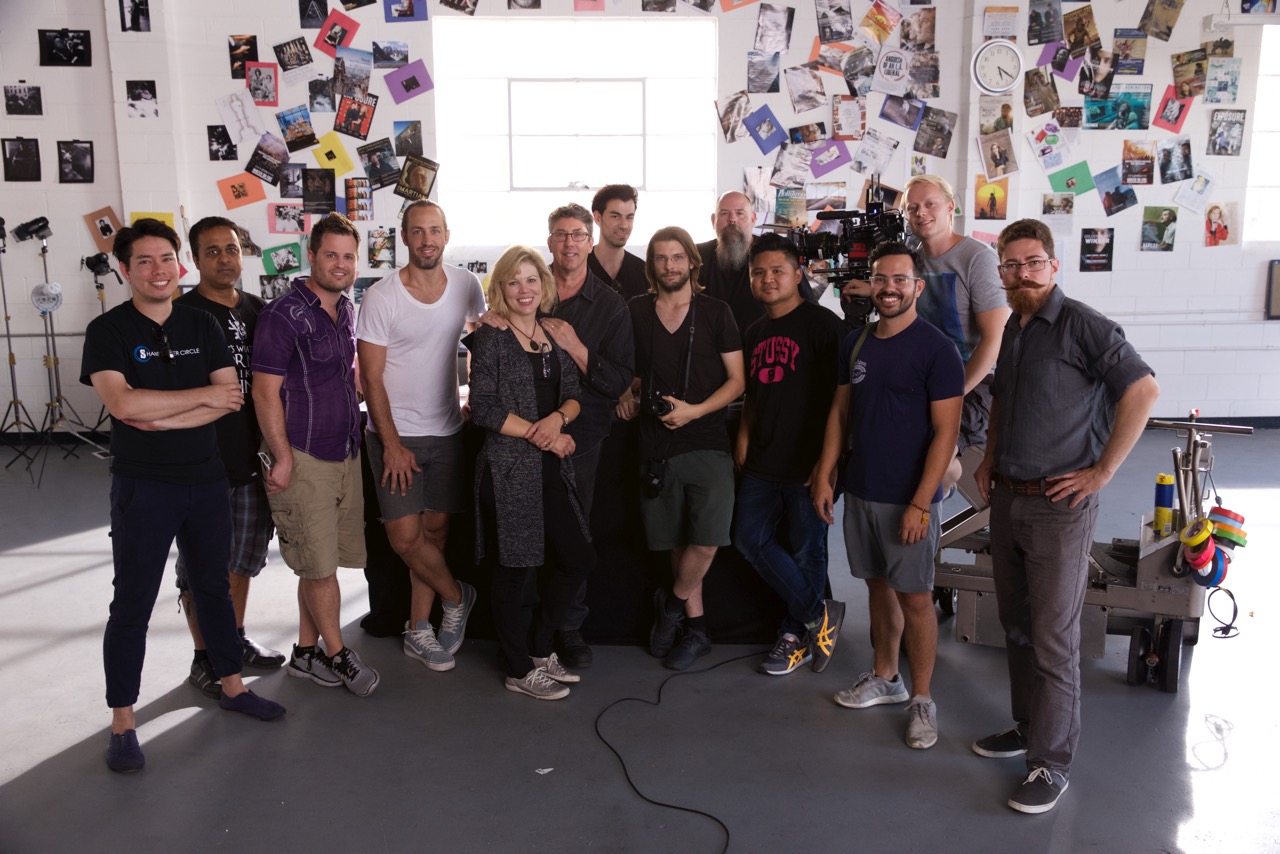
The Last Big Game-Changer
I asked over a dozen respected industry leaders what were some of the definitive game-changers in the last 5-10 years. Unequivocally, the #1 answer to this was Canon’s EOS 5D Mark II, which made an explosive introduction as a video camera with the release of Pulitzer-Prize winning photographer Vincent Laforet’s “Reverie” in the fall of 2008. Many saw it as the last true game-changer; or if not the last one, the last one to have as profound an effect on such a large scale.

“Before this camera existed, I knew DPs who had taken out second mortgages on their homes to buy a camera with anything close to comparable image quality.” This is what Amina Moreau shared with me. Amina is co-founder and creative director of the 5-time Emmy-award-winning studio Stillmotion.
“The Mark II democratized video. It was the beginning of access—access to creativity, to expression, to accelerating one’s growth as a filmmaker. For some people, this was bad news. It meant more competition with a less experienced, younger crowd that was creating beautiful imagery right out of the gate. But for most, this was a gateway for pursuing a new level of storytelling.”
You can’t have a discussion about game-changing cameras in the past decade or so without mentioning the second most-cited camera example: the RED One. In fact, the RED One hit markets almost exactly one year before the 5D Mark II. Naturally, it was in a completely different ballpark than the 5D2. So it arguably changed a slightly different game. But you can’t deny it changed the game it was playing in. Led by filmmakers like Peter Jackson and Steven Soderbergh, the Red One created a new way of capturing truly film-like imagery at high frame rates and resolution—all at a price that was a fraction of what you would have had to spend at the time.
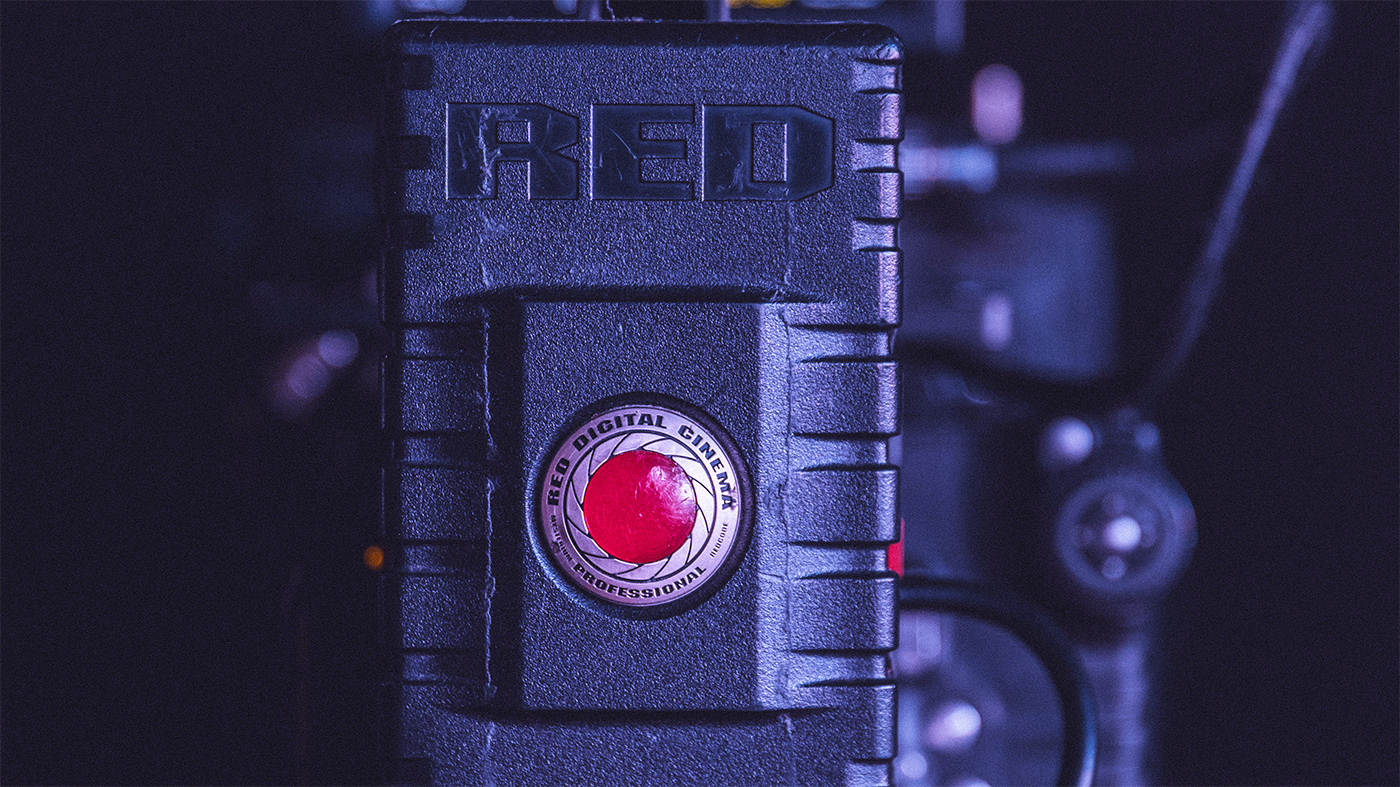
You don’t have to be a DP or director to appreciate the effect that RED had on the industry. Feature film editor Evan Schiff (John Wick 2) made reference to RED’s workflow effects as well. “Film is expensive, and up until then digital video was mostly unimpressive. The RED camera looked amazing, made it so that you didn’t have to incur the expense of consumables like film or HDCAM tape, and was affordable enough for small productions to use.
“It also instantly changed the post-production workflows that were possible. You didn’t have to wait for film to develop or for tape to digitize in real-time. You could look at the raw footage instantly if you needed to see what you had, and you could transcode proxies with no special hardware besides the computer you already owned. It’s still nice to have facilities handle rendering dailies and conforming an online, but having the option to do things on your own is so valuable, especially on an indie or micro-budget level. The vast majority of movies are now shot using the type of digital cinema camera that RED pioneered, and to me seeing a new technology cause a shift that massive in how we all work pretty well defines a game-changing innovation.”
Disrupting the Status Quo
I got a number of answers to what makes a game-changer, and a common theme goes back to Vashi’s comment: “disruption of the status quo.”
Shane Hurlbut told me a game-changer “…literally upsets the market place. It’s disruptive technology and changes the way you shoot.” This ability to “change the way you shoot” is one of the reasons the 5D Mark II was used to film the entire season finale of the megahit TV show “House” in 2010. When I interviewed the DP, Gale Tattersall, back then, he said that one of the reasons they chose the camera was specifically because they needed to get into cramped areas for shooting. It was a huge deal at the time to have a $2500 DSLR used on a major television show. Further legitimization came when Shane himself shot an entire feature film using the 5D Mark II to shoot “Act of Valor,” which went on to gross over $190M worldwide.
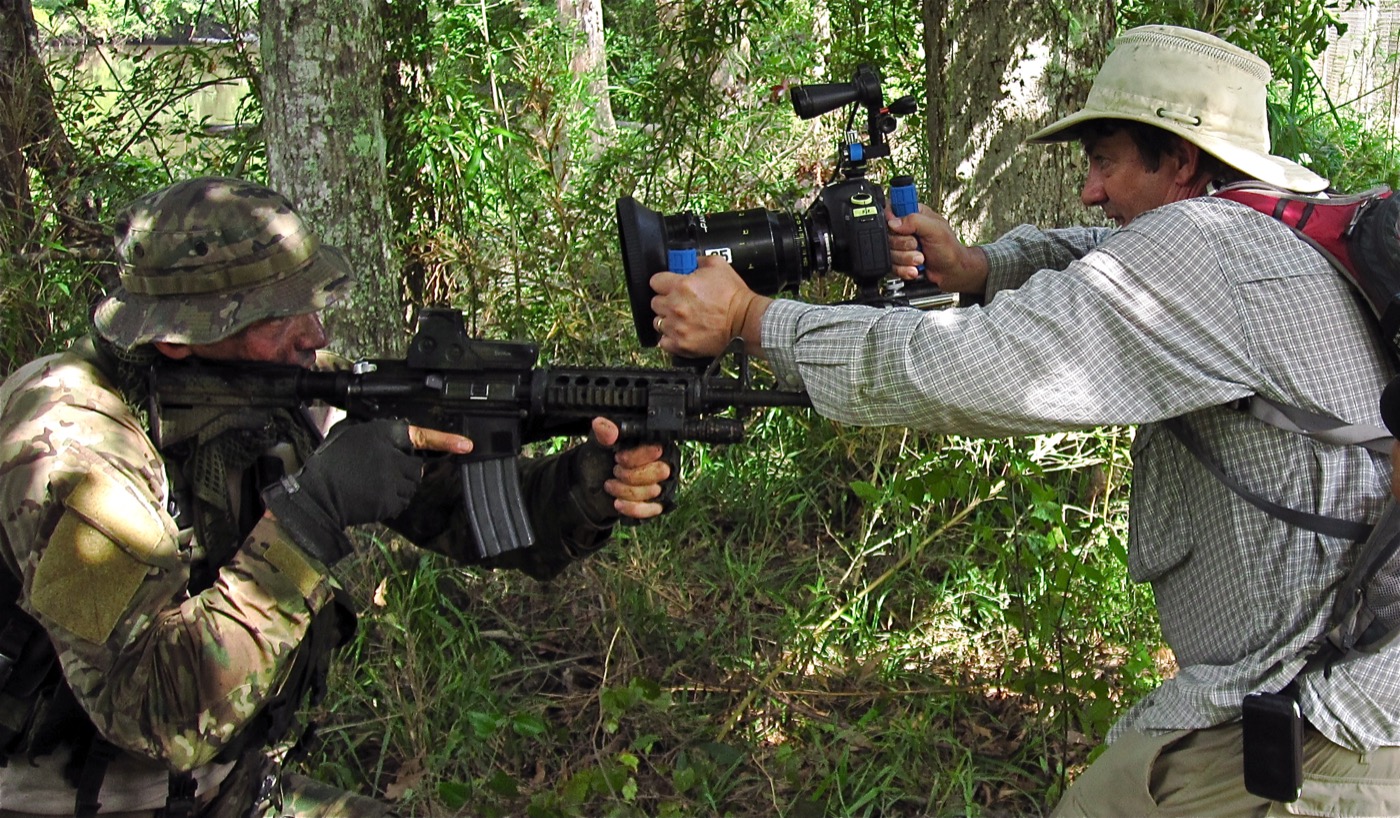
A lot of disrupting goes on with game-changers. Frankly, that’s why I put “undeniable” and “strikes fear” as key qualities. But that terminology can sound a bit aggressive and filled with testosterone. In fact, the answers I got back as to what constitutes a game-changer were almost somewhat of a social experiment. The men tended to use terms like disruption (or in my case, “strikes fear.”) The women I spoke to, for the most part, gave me answers that had a sense of depth and philosophy.
Peabody award-winning and Oscar-nominated filmmaker Elaine McMillion Sheldon has made a name for herself with thought-provoking documentaries. Her take on the topic illuminates another common and practical characteristic of a game-changer—making life easier for the “players” of the game. And her response exemplifies what I alluded to earlier about answers from men vs. women. Elaine said that a game-changer is…
“A product or service that changes the behavior of the user to make their role more in harmony with any given environment. In other words, it allows us to do our jobs in a more efficient and creative way. Taking unnecessary steps or technological burdens away from the maker so they can focus on the important parts of art: intention and creative vision.”

Elaine’s comment makes me think of the modern NLE. In both the professional and consumer markets, NLEs have opened up a world of creativity. Once upon a time, you’d need $50,000 or more if you wanted to do any kind of serious editing. Oh, and you’d probably need a film school degree, too. So go ahead and add online education as another undeniable game-changer in the education world.
I can’t tell you how many times I’ve been asked, or I see the question, “Do I need to go to film school to be a filmmaker?” We all know the answer—no. Not that there aren’t benefits to attending a traditional film school; but if learning filmmaking as an art or craft is your objective, you can pay $99 and learn from such “professors” as Martin Scorsese, Ron Howard, Spike Lee, or Werner Herzog. Don’t have $99? No worries. There are literally tens of thousands of free educational videos online on everything from film history to the science of cinematography. Online education strikes fear, breeds new industries, changed the game, and definitely has scale. Game-changer.
The idea that you can get an on-demand class from one of the greatest living filmmakers of all time for only $99, is about as game-changing as you get.
Non-linear editing and online education democratize filmmaking not only because of dramatically reduced costs, but also because of their relative ease of use. That, too, was a recurring characteristic. When I spoke to workflow guru and Lumaforge CEO Sam Mestman, he put it to me this way:
“I think the core aspect of a game-changer is that it takes a fresh approach to an existing pain point and is able to solve that problem in an elegant way that makes something that used to be really difficult simple and without friction. Essentially, removing barriers to people’s creative flow fundamentally changes the way the game is played.”
Sam’s answer to what examples he would give actually surprised me.
“The iPhone and iMovie made shooting, sharing, and working with video simple, free and approachable to anyone… it fundamentally democratized filmmaking in a way that we’re not going to truly understand for a few more years.”
Sam was the only who named consumer products as game-changers that might have professional implications. Your gut reaction may be to say “Well, those don’t count. We’re talking about professional gear here.” True. But the young, Generation Z content creators racking up millions of views and subscribers on YouTube, started out shooting with their iPhones and editing on iMovie (and some still are). They are going to be the filmmakers of the future. And let’s not forget that even feature films have been shot on iPhones, most notably Sean Baker’s 2015 critical darling “Tangerine,” and this year’s “Unsane” by game-changing filmmaker Steven Soderbergh, shot on the iPhone 7 Plus using Filmic Pro.
Making a Case for the Less Obvious
The recognition of game-changers is much easier when their effects are as far reaching as the examples mentioned above. Where the discussion gets a little more difficult is when the effects may not be as profound, but nonetheless, a case could be made for them being game-changers.
Patrick Moreau (another Emmy-winning filmmaker from Stillmotion and co-founder of Muse Storytelling) gave me an answer that hit me with a moment of self-reflection. He mentioned Freefly’s MōVI, the camera stabilization rig that pioneered the use of motorized gimbals.
When it came out about three years ago and Vincent Laforet called it a “game-changer,” that started my long journey of cynicism about the use of this term. For the better part of three years, I’ve taken the cynical stance that motorized gimbals were not game-changers.
Having known Patrick for years, I felt comfortable pushing back and asking him, “Why in the world do you think it was a game-changer?”
He responded, “It was a complete reimagining of how we could move the camera, and therefore a totally new way to envision your story. Now, many years later, gimbals have become the standard. They saw something totally different, and have helped us to see our work in a totally different way.”
I still wasn’t convinced. We’ve had steadicams, including cheap steadicams like the Merlin, for years. What’s so different about these new gimbals? Then award-winning filmmaker, blogger, educator, and Cinema5D co-founder Nino Leitner told me the same thing—that motorized gimbals “…now make stabilized camera moves for the masses the norm rather than the exception.”

Then Ryan Connolly of Film Riot mentioned gimbals. As did Stu Maschwitz.
Was I missing something? I confirmed that none of them are sponsored by gimbal companies, but the cynic in me still wasn’t quite there. So, I went to “the trenches” (i.e. large filmmaking Facebook groups) to ask you guys.
With an unaided, opened-ended question as to what people would name as game-changers in the past 5-10 years, motorized gimbals kept recurring as an answer. When asked why they mentioned them, they echoed similar sentiments as Patrick and Nino: bringing the look of significantly more expensive devices (like vested Steadicams) to the masses.
I then conducted a very unscientific poll in a wedding filmmaking Facebook group where I listed about half a dozen different stabilizers, asking which did people use on their gigs. The overwhelming winner were motorized gimbal devices like the MōVI and Ronin. Three times as many filmmakers were using those as the second most-used stabilizer in the poll, the Glidecam (which I know from experience used to be the unequivocal leader in such equipment used by wedding and event filmmakers.)
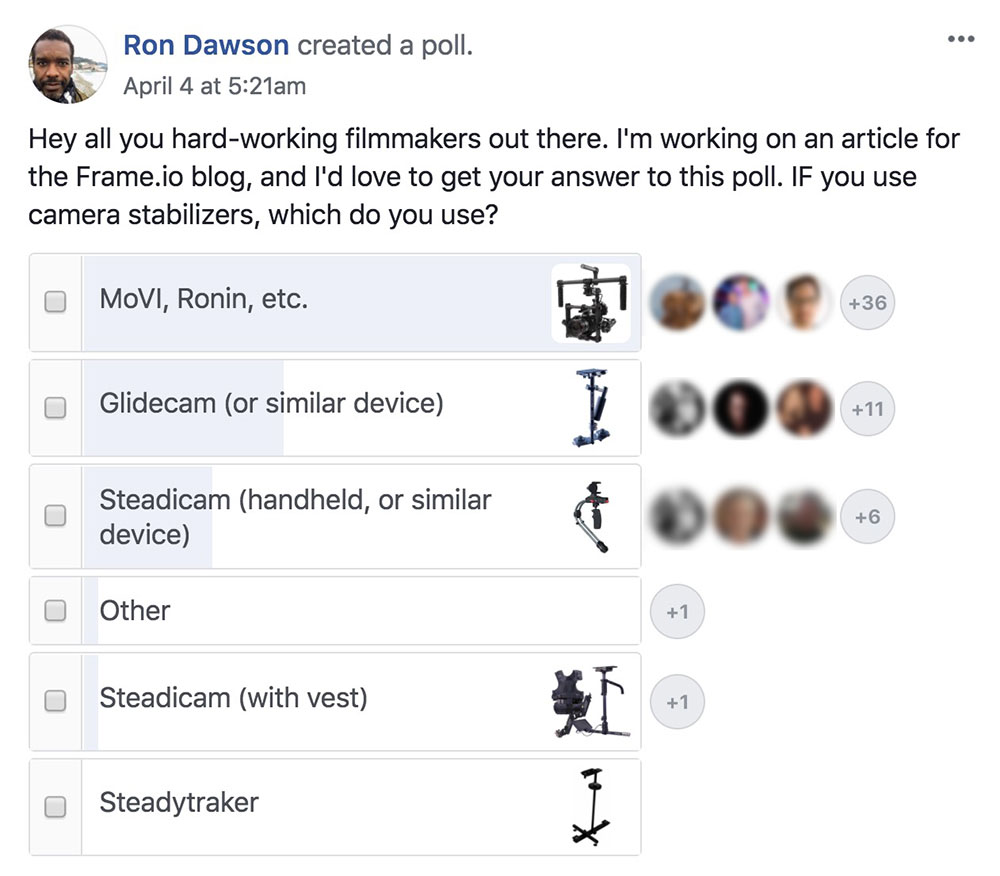
In addition to gimbals, LEDs were the other most-cited answer among the professionals I spoke with, as well as the Facebook groups I asked. Nino, Patrick, and Stu mentioned them, and they were one of the most popular answers in my Facebook group research. Perhaps tied with LEDs were drones.
Motorized gimbals, LEDs, and drones all were mentioned as game-changers for similar reasons—allowing filmmakers to create images that were too cost-prohibitive for the smaller, indie creators to create before. As Amina mentioned above, access was the key. In the past, you could achieve similar shots with Steadicams, HMIs, and helicopters… if you had a big budget.
Did any of these products have the same kind of effect on the industry as the 5D Mark II, the RED One; or an effect on the greater cinema industry as a whole like Netflix? One could make the case they haven’t. But maybe a game-changer doesn’t need to be as earth-shattering as all of that.
So that then raises one other important question…
Who Cares?
While it doesn’t matter specifically whether or not we can define a certain piece of technology as a game-changer, what’s of utmost importance is the discussion and engagement in our efforts to find that “holy grail.”
The pursuit of excellence and intellectual engagement with fellow creatives drives the art forward. It forces us to reckon with things we sometimes don’t want to reckon with. Will my job become obsolete? Will I need to start over? What do I need to learn to keep moving forward? These are all valid questions and decisions we must make that are every bit as important as learning how to master an ARRI post-production workflow.
My aforementioned cynicism about motorized gimbals is an example. I had asked Patrick Moreau if he felt the fact that I don’t use such devices that much in my own work clouded my judgment. He said something worth noting:
“Yes, our difference in opinion likely comes from the fact that you don’t use as many complex multi-axis tracking shots, and though I don’t do all that many of them, just having limited practice starts to change your awareness of what’s possible.”
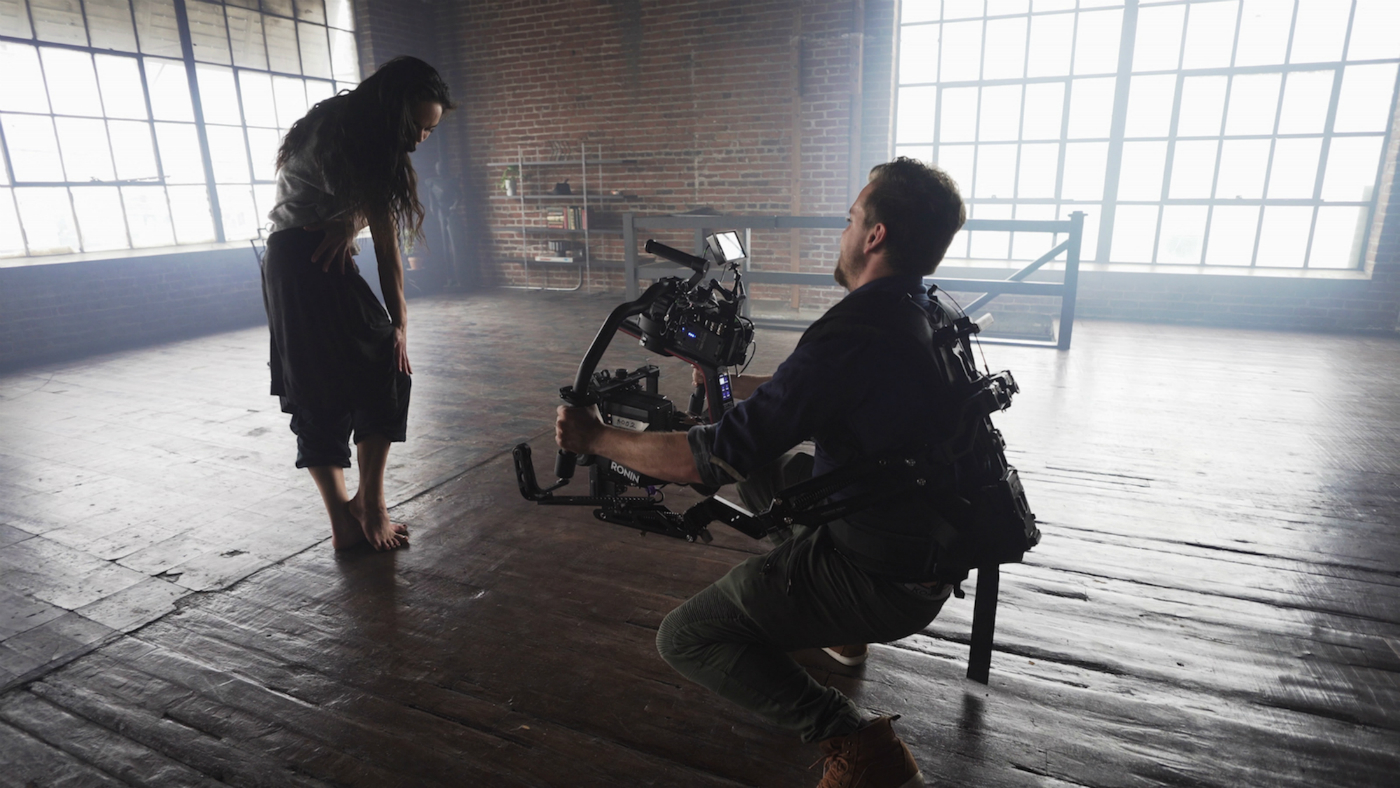
That is the real point of all of this. Your awareness of what’s possible changes when you open yourself up to new technologies and experiences. I’m now more intrigued and inclined to try one of these bad boys out. And it’s all directly related to my quest to define the term “game-changer.”
So, my fellow fanatical and/or philosophizing filmmakers: may you continue your quest to excel at what you do, tell more engaging stories, make a bigger difference on this planet, and have your mind open to the possibilities of what lies before you.
In the meantime, let’s get this conversation going. I’m sure you have an opinion one way or another. What do you think constitutes a game-changer? Which products or services do you think deserve that label? What are your thoughts about the products mentioned above? Join the conversation.
Epilogue
Wait. There was one more answer to this question that perhaps transcends the topic. It was an answer that I believe itself is a game-changer as an answer to what makes a game-changer (so meta!) It comes from filmmaker and Red Giant Software Director and content creator Seth Worley. Seth wisely shared with me that…
“True game-changers possess the following qualities:
- a title that contains a normal word and then some arbitrary letters or numbers thrown in, like i, o, x, 5, t, d, s,etc.
- a series B that could fund a small country
- a similar product that came before it but was too niche or lame to really catch on (and probably didn’t have any cool letters in its title)
- a feature that everyone previously thought was too magical to expect from a product or service, like 3D geometry in After Effects, or delivery from Taco Bell.”

When asked for two game-changers he believes hit the scene in the last 5-10 years…
“I would say Frame.io because before Frame.io came along, creators like me had to keep track of notes from interactions over long and disjointed email chains and awkward conference calls. But now we get them all in one central place where we can easily locate, organize, and — most importantly — ignore them. I would say all of that… but you wouldn’t believe it was genuine. And I can’t say Trapcode Particular because I work for Red Giant. So that basically leaves Minecraft and Google Sheets. Also Slack.”
The lack of arbitrary letters and numbers notwithstanding, Seth just might have something there. (And for the record, I do believe you were genuine Seth.)




